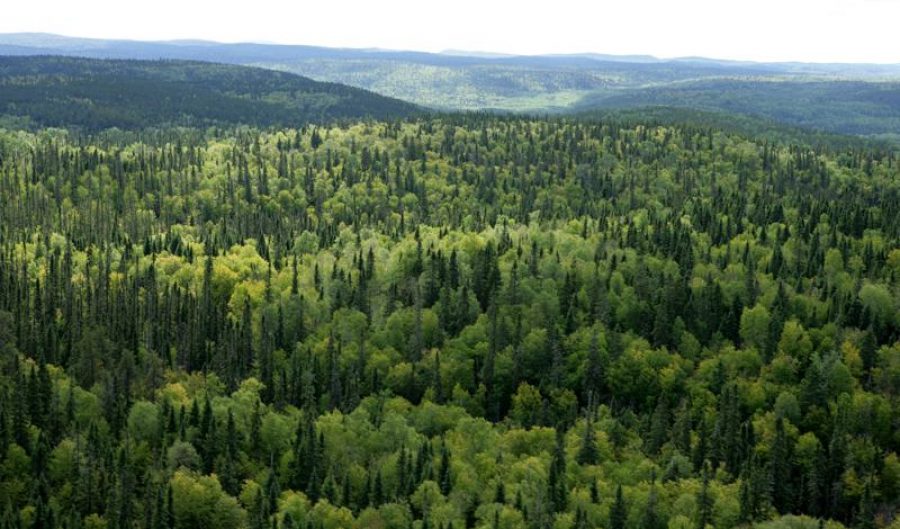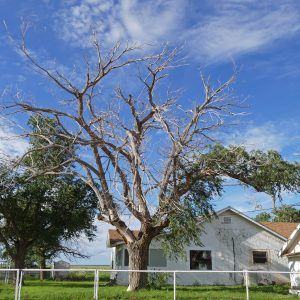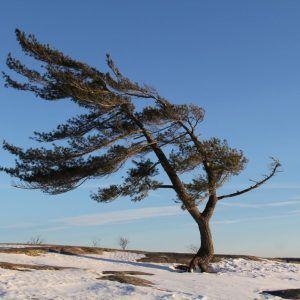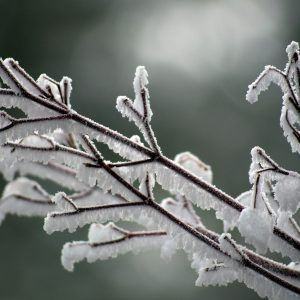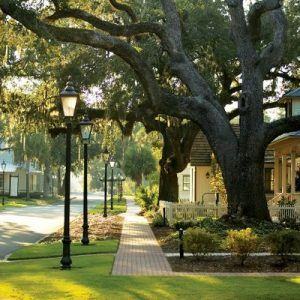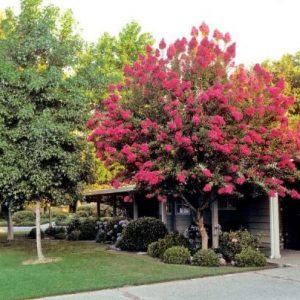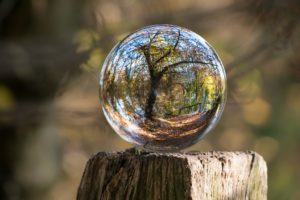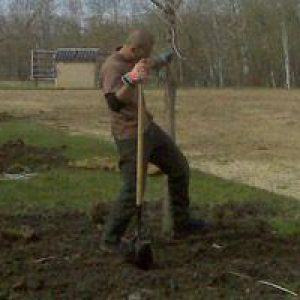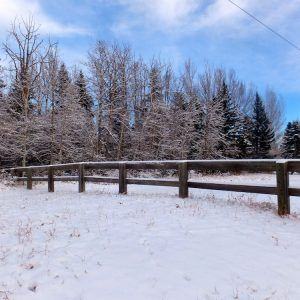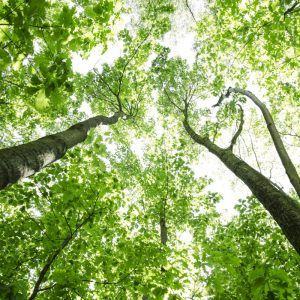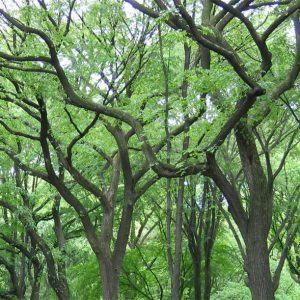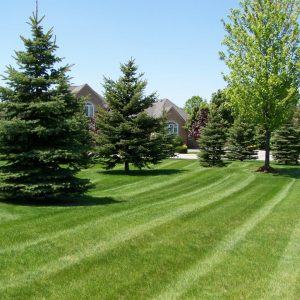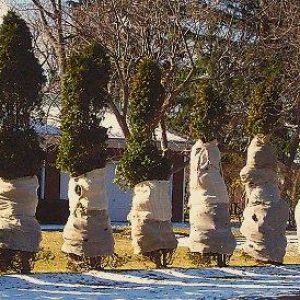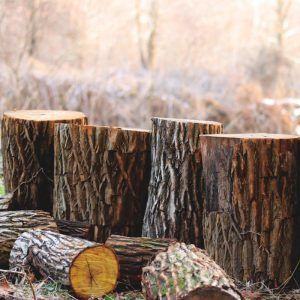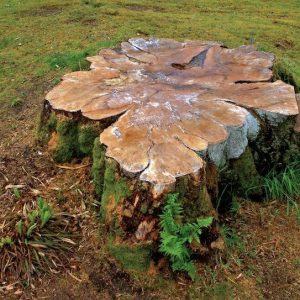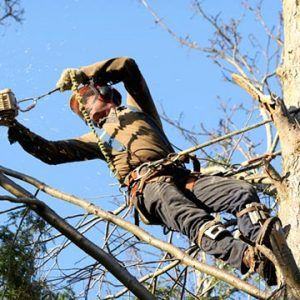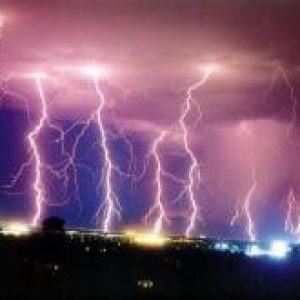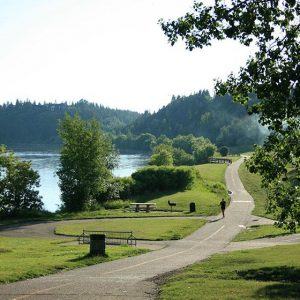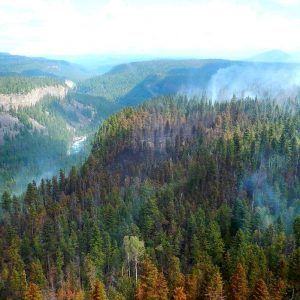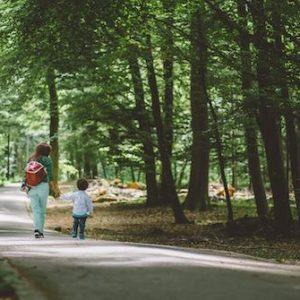Here at Chipps stump removal services and tree care, we mostly do work and provide advice related to pruning the trees on your property and safely removing dead or diseased trees. At the same time, however, we like to tale every opportunity we have to talk to our customers about the forests of the world. In a separate blog post this month, we discussed the fact that our fair city of Edmonton is situated along a massive river valley that connects a series of parks and trails that are an absolute pleasure to explore.
If you live in Edmonton, and you’ve always been grateful for the big sprawling forests in and around the city, you can thank the fact that the city is nestled in the belt of boreal biome that comprises about 30% of the world’s forest! As Albertans, we have access to the more parklands than any other province in the country, and furthermore we benefit from all the extra clean air that that many trees produce!
While you may want to plant tree with a seasonal bloom in your yard – such as a chokecherry tree or an apple tree – what you’ll mostly find in the boreal belt is coniferous trees like spruce and jack pine. Pine trees thrive in the northern Boreal because they are so resilient; pine trees can grow in cold temperatures and don’t need direct sunlight to grow. Because of this resilience, other trees can’t compete in these harsh conditions, so the coniferous species end up dominating in a display of natural selection.
An arborist in Edmonton will most likely talk your ear off on the subject of the boreal forest, so be careful about bringing it up if you’re in a hurry. In the meantime, here’s a sampling of some of the really interesting facts about the boreal forest:
A Biome to Call Home:
What is a biome, you ask? A biome is a specific habitat that has shared characteristics, though they may be very distant geographically. The ocean, for example, is the earth’s largest biome, since it has shared characteristics throughout the huge portion of the earth that it covers. Similarly, the boreal forest – also known as the taiga – looks very similar, whether you’re looking at Siberian taiga, Canadian taiga or Finnish taiga. The boreal forest has the lowest average temperature anywhere on earth, save for the ice caps and tundra. While the southern strip of the forest is dominated by dense canopies of coniferous trees, further north you’ll find sparse forests with patches of lichen running along the Canadian shield. This higher strip contains ice pruned black spruce that are worse for wear, but standing their ground!

There are plentiful animals that live in the boreal forest as well, including the Canadian lynx, moose, reindeer, beavers, voles, wolverines and on and on! The biggest animal in Canada living in the taiga is the northern wood bison, an animal weighing over 2,000 lbs. Wood bison are the largest known mammals in North America, there are roughly 6,000 left in the world.
Hopefully this post has peaked your interest in the boreal forest that our beautiful city is situated in! If we’ve inspired you to plant some trees in your yard, give us a call and we’ll make your dreams a reality!


